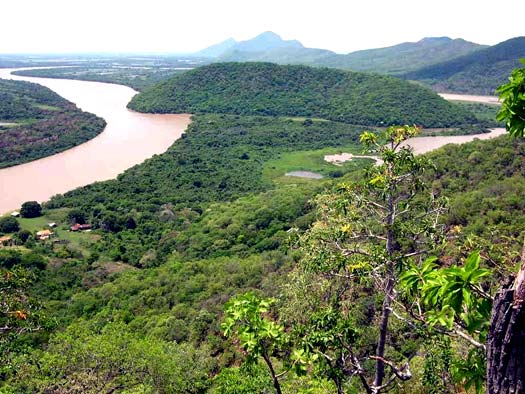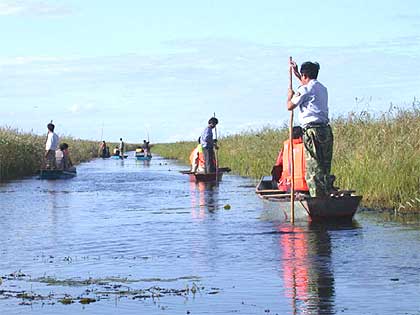- Extending over 3.1 million km2, La Plata River basin is the second largest river system in South America and the fifth largest in the world. Shared by Argentina, Bolivia, Brazil, Paraguay and Uruguay, it covers about one-fifth of South America. With over 100 million inhabitants, close to 50 big cities and 75 large dams, La Plata River basin is at the core of the region’s socio-economic activities, which generate around 70% of the per capita GDP of the five basin countries.
- With its extensive geographic coverage, La Plata River basin is highly variable topographically, ranging from 4,000 metre high mountains in north-western Argentina and southern Bolivia to almost sea level southern plains in Argentina and Uruguay. Rainfall similarly varies, from less than 700 mm per year in the western Bolivian highlands to more than 1,800 mm per year along the Brazilian coast in the east. Read more
Archive for January 5, 2012
Facts and figures about the La Plata River Basin (Argentina, Bolivia, Brazil, Paraguay and Uruguay)
Category: Facts and figures |
Facts and figures about the Han River Basin (Republic of Korea)
- The capital, Seoul, one of the world’s largest cities, is located in the Han River basin. The population of the basin, now 41% of the national total, almost tripled between 1966 and 2005, from about 7 million to almost 20 million. Nevertheless, urban areas account for just 1% of the basin. Forests make up 78%, cultivated areas 16%, and grasslands and water bodies 5%. The Han River basin is considered the heart of South Korea.
- Annual renewable water resources in the Han River basin are estimated at 16 billion m3. As of 2003, 8.5 billion m3 of this amount was actually in use.
- Owing to the high rate of urbanization, the household sector – which accounts for 2.8 billion m3 (33% of overall consumption) – is the number one source of consumption, followed by agriculture (1.6 billion m3 or 19%) and industry (0.8 billion m3 or 9%). The remaining 3.3 billion m3 is allocated for environmental purposes. Read more
Category: Facts and figures |



